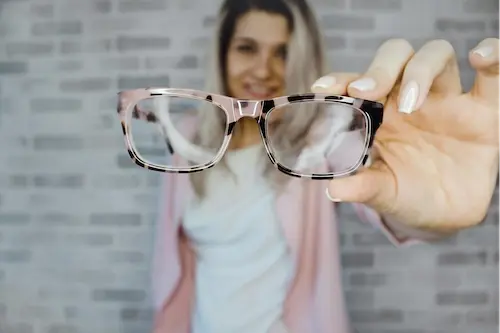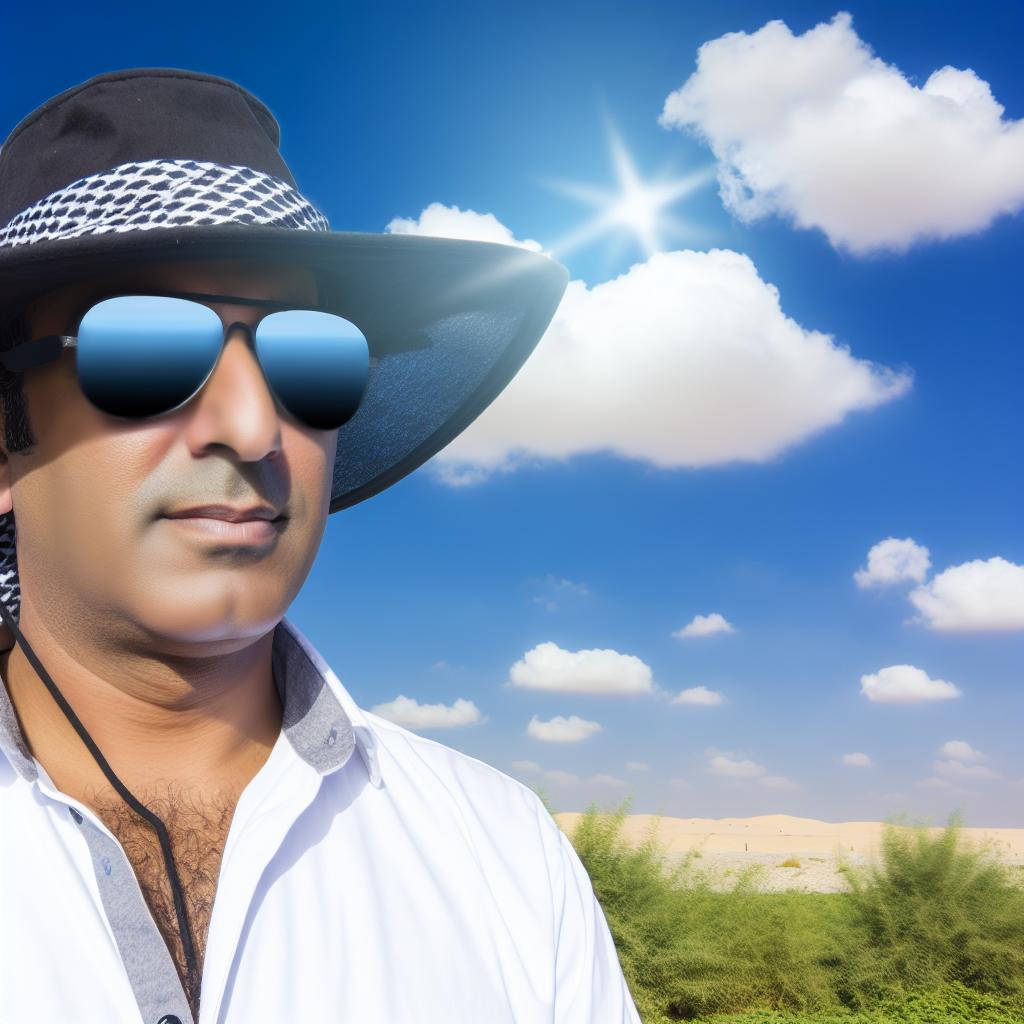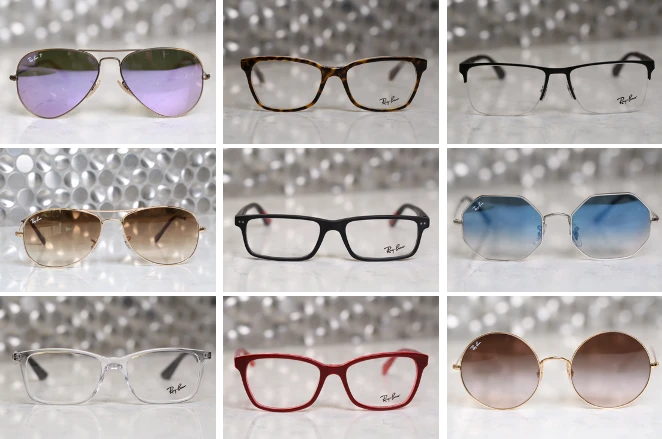Anti-glare, blue light filter and other lens enhancements
A lens enhancement is an optional feature for your prescription lenses that's designed to improve your overall experience with your glasses. The goal...
3 min read
Guest Author Gina Thompson : May 9, 2024 11:14:30 AM

Rochester is a beautiful town, full of adventure and ready for you to explore. Don’t let your blurry vision and eye correction prevent you from seeing the world around you. The good news is with so many eyeglass styles, you won’t have trouble choosing the right glasses for your outdoor lifestyle.
Here is a quick guide to help you find the best glasses for you:
Your prescription is the first thing you should always consider when looking for new glasses. People whose blurry vision needs minimal correction usually have an easy time finding a frame and lens that works for them.
It is unfortunate when you go through all the hard work of finding a pair of glasses you like only for the optician to tell you your prescription requirements won’t work with your selected frame.
When it comes to durability, titanium eyeglass frames are going to be your best bet. The beauty of memory titanium is that it holds its shape. You could accidentally sit on the frames, or they could get stuck in your hiking bag, and they wouldn’t be broken or maimed in any way. Titanium is also a strong, lightweight metal that won’t corrode.
The shape of your lenses is really up to you. I like to have big, round, rimless frames so I can see my surroundings without seeing the frame in my peripheral vision. If that’s not your style, or you need help deciding which frames are best, we offer personalized styling consultations.
Opt for a more natural color when selecting frames to wear outdoors. Bright colors like yellow and red might draw insects to you, while greens and browns blend into the outside world. Clear frames are also popular and neutral, but be careful. If the glasses fall off, you might have a harder time finding them due to their translucent color.
Whether you’re hiking or biking, make sure your glasses have a solid nose grip and fit the back of your ears correctly. Most plastic frames won’t have nose pads and can easily slide off your face once you start working up a sweat. I’ve found those plastic nose pads are great for keeping my glasses situated on my nose bridge.
Bikers and runners don’t have to compromise their eyesight for their fast and active lifestyle. Wraparound frames not only provide more visibility and peripheral coverage, but you can strap them around your head and be certain they won’t fly off.
Wraparound lenses are also great for environments in which mosquitoes are present. There’s nothing worse than a mosquito buzzing around your face, and with wraparound glasses, your eyes will be protected from bugs too. Plus, if you’ve forgotten your mosquito preventatives, if you do have to swat at bugs, you won’t knock your glasses off!
UV rays from the sun aren’t just damaging to your skin, but also to your corneas. UV ray damage can lead to cataracts or other types of vision loss. There is a protective coating that can be put on lenses to protect your eyes from those rays.
Transitional lenses are perfect for the outdoors because you don’t have to worry about carrying two pairs of glasses or bother with wearing contacts. The lenses will appear clear while you're indoors but once you step outside into that bright sun, they will darken and turn into sunglasses. These lenses are also great for blocking out those harmful UV rays since they darken once exposed to UV light, so even if it’s cloudy, they’ll change color.
Adventure seekers often opt for polarized lenses for their glasses. Polarized is just a special way of saying that lenses have an anti-glare coating. The coating blocks a percentage of sunlight coming in through your glasses, letting you actually see the view in front of you, and not just be blinded by the sun or its reflection. If you like hiking at Turning Point Park, along the Genesee River, or near other lakes and rivers, you’ll definitely want polarized lenses.
It’s not just fashionable to have tinted lenses –– the tint can adjust your eyesight depending on the color. Yellow and amber lenses can provide greater depth perception, especially in hazy conditions, but are not good for driving at night.
Brown lenses will enhance the contrast of everything you see, while the average clear or gray lens is accurate to your color perception. Red and pink lenses are great for reducing eye strain thanks to their blue light blocking abilities.
Before your next adventure, talk to your optometrist to see if it’s time for new glasses. There is a wide range of styles, shapes, and colors to find the perfect pair for your outdoor lifestyle!
Gina Thompson is an experienced multimedia journalist, producer, and content writer born and raised in Texas. In her spare time, she loves catching a live band, dancing, and finding the next big taco spot.

A lens enhancement is an optional feature for your prescription lenses that's designed to improve your overall experience with your glasses. The goal...

After witnessing the eclipse, it's crucial to understand the impact of the sun on your eyes. If you used eclipse-specific eyewear to observe the...

Cleaning youreyeglassesdaily is the best way to keep them looking great and prevent lens scratches and other eyewear damage. But there's a right...